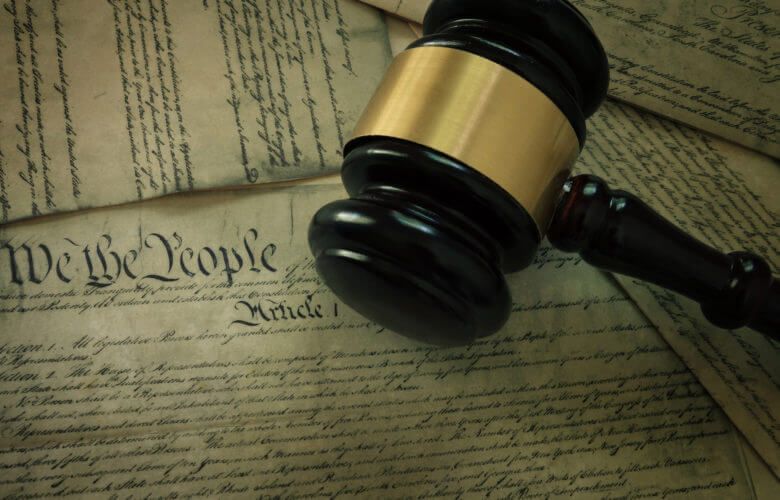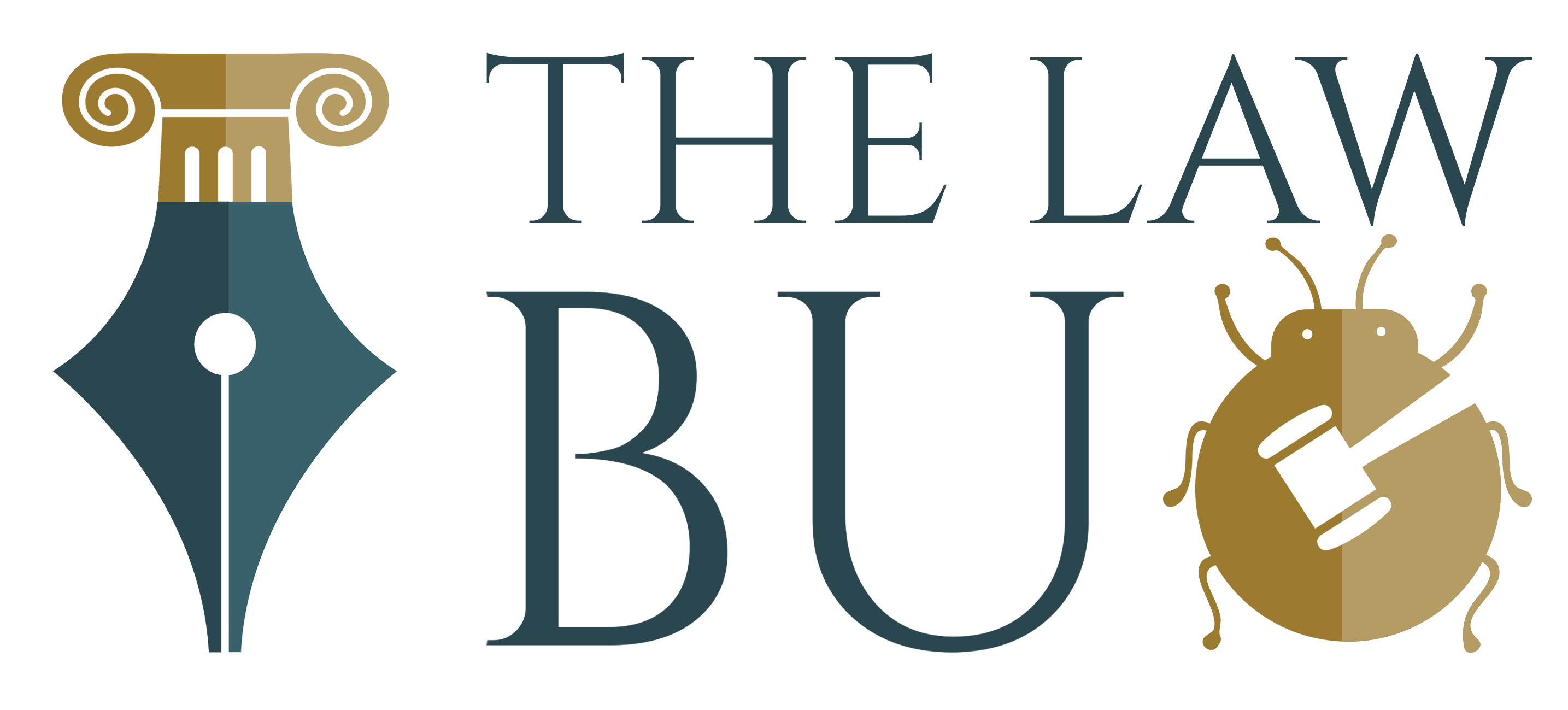The doctrine of Pith and Substance- Simplified

The doctrine of pith and substance is one of the five doctrines of constitutional interpretation evolved in the light of understanding and interpreting the federal distribution of powers in India. The doctrine of pith and substance is a doctrine, which tries to resolve the issue wherein a legislature, while legislating on a subject matter within its jurisdiction, incidentally encroaches on a subject matter outside its jurisdiction. The literal meaning of the term ‘pith’ is ‘true nature of legislation’, while, ‘substance’ implies whether the part in question is essential and substantial part of the legislation. Through this doctrine, we understand the true nature of legislation.
The evolution of the doctrine of pith and substance is comprehensive and has taken major alterations with due course of time and growing divergent opinions of judges. In the case of Nagartanam v. Seshayya (1939 IMLJ 272), the full bench of Madras High Court was deciding upon whether the Madras Agricultural Debt Relief Act, 1938 enacted by the Madras legislature was ultra vires of section 32 and 79 of the Negotiable Instrument Act. The act provided that the Court can scale down the debt of agriculturist owed to moneylender whether it has matured into decree or not, hence, the moneylenders contested the act as under NI on maturity, debtors had to pay full amount. The court interpreted that the Act was intra-vires as the pith and substance of the subject matter was in competence of the Madras legislature i.e. Agriculture and Money Laundering. Even if there is a minor encroachment, it will not harm the legislative competency of a legislation. The Courts have ascertained the legislation’s true nature and character, hence the act was intra-vires, and there was no question of repugnancy. However, the Patna High Court in the case of Sagarmal Marwari v. Bhuthu Ram (1941), the Court rejected applying of pith and substance doctrine. The matter was this time on draughts and feminine and the debt reliefs act were enacted. The Court rejected the stand of the Madras High Court in the case of Nagaratnam, and stated that even if there was a minor encroachment, the whole legislation will be ultra-vires as there was enough water-tight containments to sustain during the times of draughts and feminine and on that ground it has to not have a minor encroachment. The Federal Court however in Subramanyam Chettiar v. Muttuswami Goundan (AIR 1941 FC 47), was hearing a case challenging the Nagaratnam case. In the Nagaratnam case, the money lenders were challenging a decree before the Relief Act was enacted and the present case came after the enactment of the act. The petitioners failed to raise the argument of inconsistency of the state. Both were intra-vires because the provision in the first place was enacted as a part of the regulation of promissory notes and in the other as a part of the regulation of agricultural debts and thus the act was within the legislative competence. This doctrine has evolved extensively during the existence of Privy Council in the case of Prafulla Kumar Mukherjee v. Bank of Commerce Ltd. (AIR 1947 PC 60). In this case, the court was dealing with the validity of the Bengal Money Lenders Act, 1946, which was challenged on the ground that it was ultra vires the Bengal legislature as it encroached upon promissory note, a matter that is a central subject. The Privy Council stated that the act was in pith and substance a law in respect of money laundering which is a state subject and was valid even though it trenched incidentally on the matter of promissory note (a central subject). Hence, if there is an incidental or necessary encroachment upon the item mentioned in other list but in substance, the legislation is with respect to matter within the legislative competence of entity in question, such minor and necessary encroachment will not hit the competency of legislature to enact the legislation. The true nature of Act was with respect to the matter enumerated in respective state list and hence mere incidental encroachment does not affect vires. The court highlighted that there is not always a clear line between the powers of the Union and State Legislatures and they are bound to overlap, the thing which needs to be taken into account is to ascertain the ‘pith’ and ‘substance’ of the legislature and in what list are its true nature and character is to be found.
After the commencement of the Constitution of India, the Supreme Court of India, in the case of State of Bombay v. F.N. Balsara (AIR 1953 SC 318), was hearing a case on the validity of the Bombay Prohibition Act, 1949. The Court established that the act was questioned on the ground that the prohibition on purchase, use and transport and sale of liquor .would affect a union subject under Entry 41, List I, which is with regard to trade and commerce with foreign countries. The Apex Court held that the encroachment is merely incidental as the true nature of Bombay Act is to prohibit sale-possession within State and such is matter within the State List and hence mere incidental encroachment will not affect constitutionality of Act. Another prominent case in the evolution of ‘pith and substance’ doctrine is of Tika Ramji v. State of U.P (AIR 1956 SC 676), where the UP Sugarcane (Regulation of Supply and Purchase) Act, 1953 was challenged which made it compulsory for certain sugar factories to purchase sugar from the Cane Growers Cooperative Society. The petitioners contended that section 18-G of Industries (Development and Regulation ) Act, 1951 could regulate the same, however, the SC rejected the contention and stated that there must be existing repugnancy, mere possibility of repugnancy doesn’t lead to any conflict. Repugnancy must exist in fact and not merely depend on a possibility. If there is no existing consistency, the state legislation holds good. Another significant was that of Gujarat University v. Shri Krishna Ranganath Mudholkar (1963 AIR 703). In this case the question in hand was whether the Gujarat State legislature was competent to enact the Gujarat University Act, 1949 which made it mandatory for medium of instruction in the University to be in Gujarati. The Court upheld that under Entry 11, List-II, of the seventh schedule, the state legislature was entitled to make laws on education. The State of Gujarat was competent to prescribe a strict medium of instruction, subject to certain exceptions. Entry 66 of Union List entitles the parliament to legislate on the medium of instruction; however, the parliament never legislated. Hence, the Court addressed the consistency using pith and substance doctrine and stated that a little encroachment will not make it a harm. However, Subba Rao.J had a dissenting opinion and laid a proper understanding of the use of pith and substance by stating that first it needs to understand the scope and meaning of entry in question. Once such meaning is ascertained, such will help the court to apply doctrine of pith and substance with respect to that entry and understand the scope and meaning of true legislation. In Krishi Upaj Mandi Samati v. M/S Shiv Shakti(2012 9 SCC 368), there were two legislations in question, the Sugarcane Control Order, 1956 ( a central enactment) and Krishi Upaj Mandi Adhiniyam (1973 MP legislation). The dispute arose in 2012 wherein as per centre order, if farmer sell in MP Mandi, he must get MSP & under MP legislation, if farmer sell at MP Mandi, he will be paid as per state act. The state legislation was challenged as repugnant to Central act and the MP government claimed that they took assent of president; however, the court asked if the president was informed that there exist central law on the same matter, to which the government answered in negative and hence the act was repugnant.
The doctrine of pith and substance has also however created a confusing state for the courts to decide on matters wherein the legislation in question is legislated in matters of concurrent list. In VK Sharma v. State of Karnataka (AIR 1990 SC 2072), Karnataka enacted the Karnataka Contract Carriages (Acquisation) Act, 1976 under entry 42 of list III. This law nationalised contract carriage in state and no license could be issued to private carriers. The MVA, 1988 was enacted under entry 35 of List III, which provided that the license must not be refused unless required. The Apex Court stated that if the doctrine of pith and substance can be applied to resolve the conflict between two legislations under Union and State Lists, there is no reason why it cannot be applied to resolve the conflict between different Entries in the Concurrent List and Sawant J. held that one must apply the doctrine of pith and substance to resolve a repugnance issue under Art.254. If the pith and substance of the two legislations is different, they cover different subject matters. State of Kerala v. Mar Apparem Kuri (AIR 2012 SC 2375), the case was heard by constitutional bench of five judges which stated that the question of repugnancy between the parliamentary legislation and state legislation arises where the legislations are enacted with matters allotted in their fields but they overlap and conflict arises. Secondly, where the two legislations are with respect of concurrent list and there is a conflict, in both such situations the parliamentary legislation will predominate by virtue of Article 246(1) in the first instance and in second by Article 254(1).
When the courts apply the doctrine of pith and substance doctrine, regard is to be had to the enactment as a whole, to its main objects and to scope and effect of its provisions. Repugnancy does not affect the competency but if there is no competence, there is no question of repugnancy and hence when the court is deciding upon the question of repugnancy, first it has to determine whether the legislature was in competence to enact such a law by applying the doctrine of pith and substance. The doctrine of pith and substance applies to the whole of the legislature if found ultra-vires needs to be struck down but the question of repugnancy is related to one provision and does not declare the entire legislation as ultra-vires. The courts however when it comes to question of inconsistency in part of the concurrent list seems vague and bias at times as the very crux of concurrent list is harmed. Under concurrent list, both the centre and the state can legislate upon but the predominance is given to the centre legislation as held in the case of Mar Apparem Kuri, over state legislation which thereby doesn’t sound effective to state that both the state and the parliament can enact laws under this list.

Comments ()